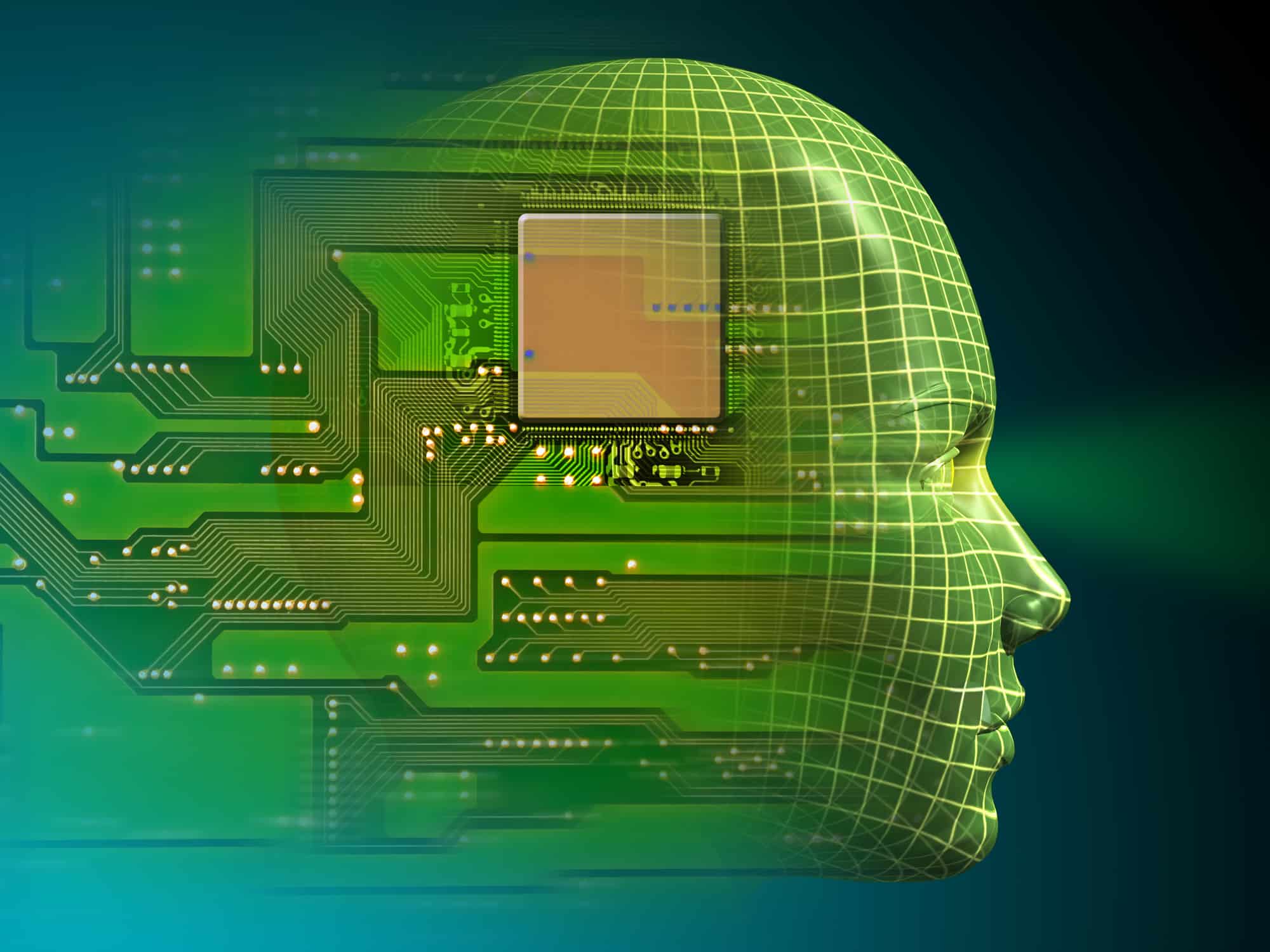In integrative and functional medicine, we are beginning to see a paradigm shift. For decades, health has been defined primarily by biochemical interactions including nutrient levels, hormonal pathways, and metabolic reactions. Yet, beneath those measurable processes lies another layer of influence: the body’s energetic field. How the body receives, integrates, and responds to energy may be just as critical to health outcomes as the nutrients or compounds we provide. The future of natural health may focus on energy with the same rigor that it has long applied to chemistry, combining ancient systems of plant wisdom with the precision of modern science. In this health model, wellness becomes dynamic and individualized, guided by each person’s physiological rhythms, stress response, and energetic balance.
Integrating Physics into Modern Herbal Therapy
Within this evolving understanding, a new framework called Quantum Ayurveda is emerging at the intersection of physics, data science, and herbal medicine. Building on traditional Ayurvedic principles, it examines how energy signatures and vibrational frequencies at the molecular level may influence physiological outcomes. Rather than focusing solely on biochemical potency, Quantum Ayurveda considers the interaction between the energetic states of both the patient and the therapeutic substance. Grounded in biophysical concepts like electromagnetic resonance and vibrational coherence, this approach explores how energy may enhance biological effectiveness.
Greenspace Herbs is a pioneer among research groups applying these principles in practice, studying how herbs such as ashwagandha and curcumin can be “tuned” using controlled acoustic and energy fields to imprint distinct energetic signatures without changing their chemistry. By aligning an herb’s vibrational pattern with the body’s natural resonance, these formulations aim to help the body recognize and respond to plant compounds more efficiently, potentially improving therapeutic outcomes at lower doses. Early laboratory findings from Greenspace suggest these tuned botanicals may influence oxidative stress and inflammatory pathways, key mechanisms involved in chronic disease development.
For decades, supplement manufacturers have emphasized potency and dosage as the primary indicators of efficacy. The Quantum Ayurveda model offers an alternative: instead of increasing milligrams, it enhances the body’s ability to engage with active compounds at the energetic level. This paradigm introduces measurable quality metrics beyond chemical concentration, validated through spectroscopy and frequency analysis. The implications for the integrative health field are significant formulations could become cleaner, more sustainable, and more consistent, while also moving toward truly individualized care informed by both biochemical and energetic markers.
AI and the Future of Energy-Informed Care
Artificial intelligence is accelerating this research frontier by allowing practitioners and scientists to map and model energy signatures with unprecedented precision. Using AI-assisted spectroscopy and pattern recognition, researchers can analyze how different energetic frequencies interact with human tissues and biofields. These datasets may one day enable clinicians to personalize herbal or nutritional interventions not only based on genomic or biochemical profiles but also on a patient’s energetic state. AI could help predict which formulations best support a patient’s circadian rhythm, stress markers, or inflammatory status, adding a new layer of precision to integrative care.
The Role of Practitioners in Energy-Aware Medicine
While the science behind Quantum Ayurveda continues to evolve, practitioners can begin applying its principles by recognizing energy as an active layer of patient health. Energetic imbalance, whether reflected through chronic fatigue, sleep disruption, or stress dysregulation, often parallels disruptions in biochemical or hormonal systems. By assessing these patterns alongside traditional biomarkers, clinicians can better understand how energy flow influences physical recovery, emotional balance, and treatment outcomes.
Supporting energetic coherence can be integrated into patient care through practical, evidence-informed practices. Gentle movement such as yoga, stretching, or walking can help release stagnant energy and improve circulation. Breath-focused techniques, including slow diaphragmatic breathing or box breathing, support nervous system regulation. Sound therapies, such as humming, chanting, or listening to vibrational frequencies, can influence internal resonance. Spending time outdoors, grounding by walking barefoot, or getting natural sunlight supports circadian and mitochondrial function. Even brief periods of mindfulness or meditation can quiet mental activity and recalibrate the body’s energy. When combined with botanical or medical interventions, this dual focus on chemistry and energy provides a more complete, patient-centered approach to health.
The advancement of Quantum Ayurveda extends beyond botanicals or clinicians, bringing together physicists, pharmacologists, and data scientists to quantify what Ayurveda has long described as prana, or life force. Using spectroscopic tools and computational models, these teams are establishing reproducible standards for energetic resonance, creating measurable frameworks for what was once considered intangible. This interdisciplinary approach may redefine how efficacy, safety, and therapeutic potential are evaluated across both the nutraceutical and integrative medicine fields.
Looking ahead, Quantum Ayurveda represents an evolution in our understanding of health, framing the human system not only as a biochemical network but also as a dynamic energetic field. By integrating ancient plant-based wisdom with the analytical power of AI, spectroscopy, and physics, innovators like Greenspace Herbs are advancing a frequency-informed model of wellness. For healthcare practitioners, this development underscores the importance of recognizing how energy interfaces with biology and how aligning that interface can optimize therapeutic outcomes. As this research evolves, it points toward a future of integrative medicine where energy, chemistry, and conscious care unite to redefine what whole-person health truly means.

Swathi Varanasi-Diaz, Pharm.D.
Swathi Varanasi-Diaz, Pharm.D., known to audiences as Dr. Swathi, is an award-winning healthcare professional recognized for her trailblazing work at the forefront of personalized medicine and healthcare innovation. She earned her Doctor of Pharmacy (Pharm.D.) degree from the Medical University of South Carolina and became the first pharmacist in the U.S. to complete a postdoctoral residency in integrative medicine and preventive health. Following this achievement, she co-founded the Integrative Health Pharmacy Residency Program. Her credentials also include a postdoctoral fellowship in biotech and nutrition from Cornell University. With experience spanning patient care, biotech, clinical research, academia, and consumer product goods, Dr. Swathi is a scientific and medical advisor and consultant with many innovative companies. Her research has been published in peer-reviewed academic journals and she has served as faculty and guest lecturer at numerous academic institutions. In 2023, she was honored as one of 50 Most Influential Leaders in Pharmacy.







